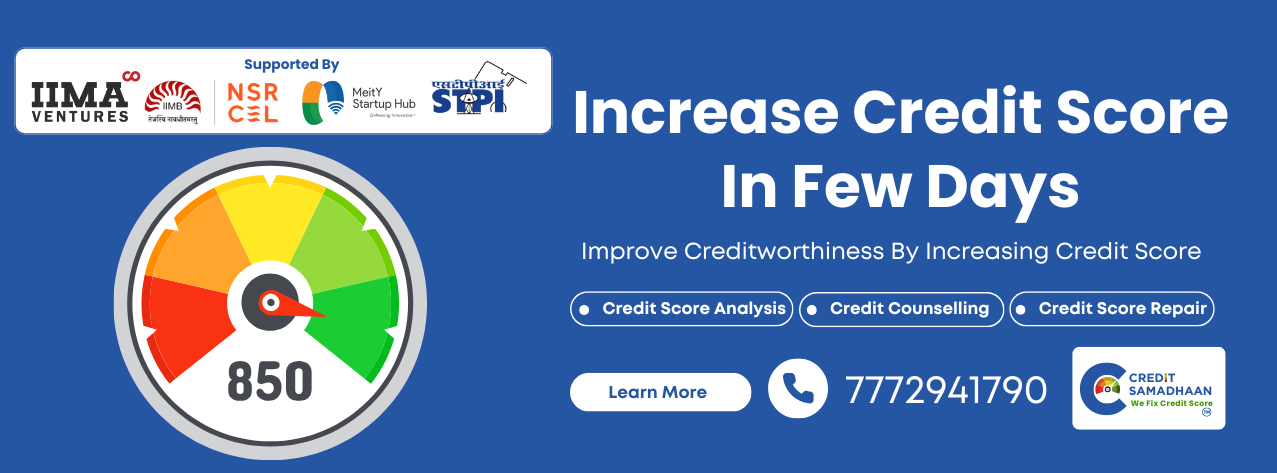Unlock Maximum Tax Savings: Your Personalised Indian Tax Planner
Effortlessly calculate your income tax, explore powerful tax-saving investments (80C, 80D, NPS & more), and compare the Old vs. New Tax Regime to make informed financial decisions for FY 2023-24 (AY 2024-25).
Tax Savings Calculator
Master Your Taxes: A Comprehensive Guide to Tax Savings in India (FY 2023-24 / AY 2024-25)
Tax planning is a crucial aspect of financial management for every Indian citizen. With the right knowledge and tools, you can significantly reduce your income tax liability and channel those savings towards your financial goals. Credit Samadhaan's Tax Savings Planner is designed to simplify this process, helping you understand your tax obligations and identify potential avenues for savings under both the Old and the New Tax Regimes effective for the Financial Year 2023-24 (Assessment Year 2024-25).
Understanding the Indian Income Tax Regimes
India currently offers taxpayers two regimes to choose from: the traditional Old Tax Regime and the simplified New Tax Regime. The New Tax Regime has been made the default option from FY 2023-24, but taxpayers can still opt for the Old Regime.
The Old Tax Regime: This regime allows for a plethora of deductions and exemptions. Popular ones include those under Section 80C (up to ₹1.5 lakh for investments like EPF, PPF, ELSS, life insurance, home loan principal), Section 80D (health insurance premiums), Section 80CCD(1B) (NPS contribution up to ₹50,000), HRA exemption, and interest on housing loan (Section 24b). This regime is often beneficial for individuals who make significant tax-saving investments and have various exemptions to claim.
The New Tax Regime (Default from FY 2023-24): This regime offers lower tax rates but disallows most of the common deductions and exemptions available in the old regime. However, for FY 2023-24 onwards, a standard deduction of ₹50,000 for salaried individuals and pensioners, and deduction for employer's contribution to NPS (Section 80CCD(2)) are available. The tax slabs have also been revised, and the basic exemption limit is ₹3 lakh. A key feature is the tax rebate under Section 87A, making income up to ₹7 lakh effectively tax-free for those opting for the new regime.
Key Tax-Saving Investment Options to Consider:
- Section 80C: The most popular section, offering deductions up to ₹1.5 lakh. Options include:
- Employee Provident Fund (EPF)
- Public Provident Fund (PPF)
- Equity Linked Savings Scheme (ELSS) Mutual Funds
- National Savings Certificate (NSC)
- Tax-Saver Fixed Deposits (5-year lock-in)
- Life Insurance Premiums
- Home Loan Principal Repayment
- Tuition Fees for up to two children
- Section 80CCD(1B): Additional deduction of up to ₹50,000 for contributions to the National Pension System (NPS). This is over and above the ₹1.5 lakh limit of Section 80C.
- Section 80D: Deduction for health insurance premiums. Up to ₹25,000 for self, spouse, and dependent children. An additional ₹25,000 for parents (or ₹50,000 if they are senior citizens). If you and your parents are senior citizens, the limit can go up to ₹1,00,000.
- Section 24(b): Deduction on interest paid on a home loan for a self-occupied property, up to ₹2 lakh under the old regime.
- Section 80TTA: Deduction up to ₹10,000 on interest income from savings bank accounts (for individuals other than senior citizens). Senior citizens can claim deduction up to ₹50,000 under Section 80TTB for interest from savings accounts and deposits.
- Standard Deduction: A flat deduction of ₹50,000 is available for salaried individuals and pensioners under both old and new (from FY 2023-24) tax regimes.
- HRA Exemption: House Rent Allowance exemption can be claimed under the old regime if you live in rented accommodation, based on specific conditions.
How Credit Samadhaan's Tax Savings Planner Helps You
Our Tax Savings Planner is more than just a calculator. It's a tool designed to empower you:
- Quick Comparison: Instantly see your tax liability under both the Old and New Tax Regimes.
- Identify Opportunities: The calculator highlights how much more you can invest under key sections like 80C or 80CCD(1B) to optimize your deductions under the old regime.
- Informed Decisions: By understanding the tax implications of both regimes based on your income and potential deductions, you can choose the one that offers you the maximum benefit.
- Ease of Use: Designed with a modern, intuitive interface, making complex tax calculations simple and accessible to everyone.
- Personalized Insights (Basic): Get basic tips based on your inputs to guide your investment strategy.
Effective tax planning should be an ongoing process, not just a year-end scramble. By utilizing tools like Credit Samadhaan's Tax Savings Planner, you can stay ahead, make smarter financial choices, and ensure your hard-earned money works harder for you. Remember, the goal of tax planning is not tax evasion, but legitimate tax reduction through prudent investments and utilizing available deductions. For complex scenarios or personalized financial advisory, consulting with a Credit Samadhaan expert is always recommended. Start planning today for a financially secure tomorrow!

